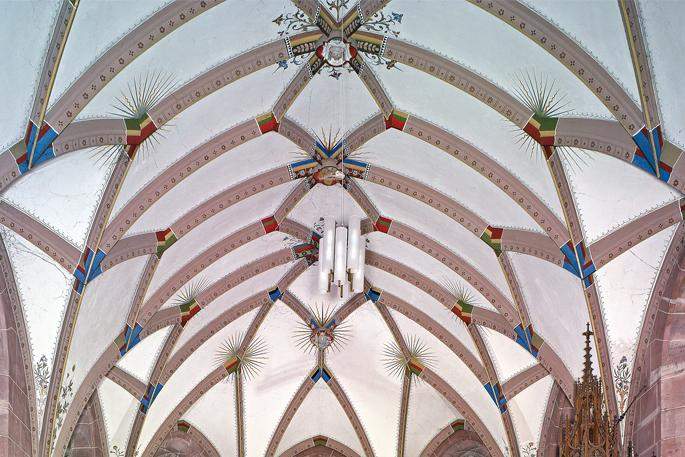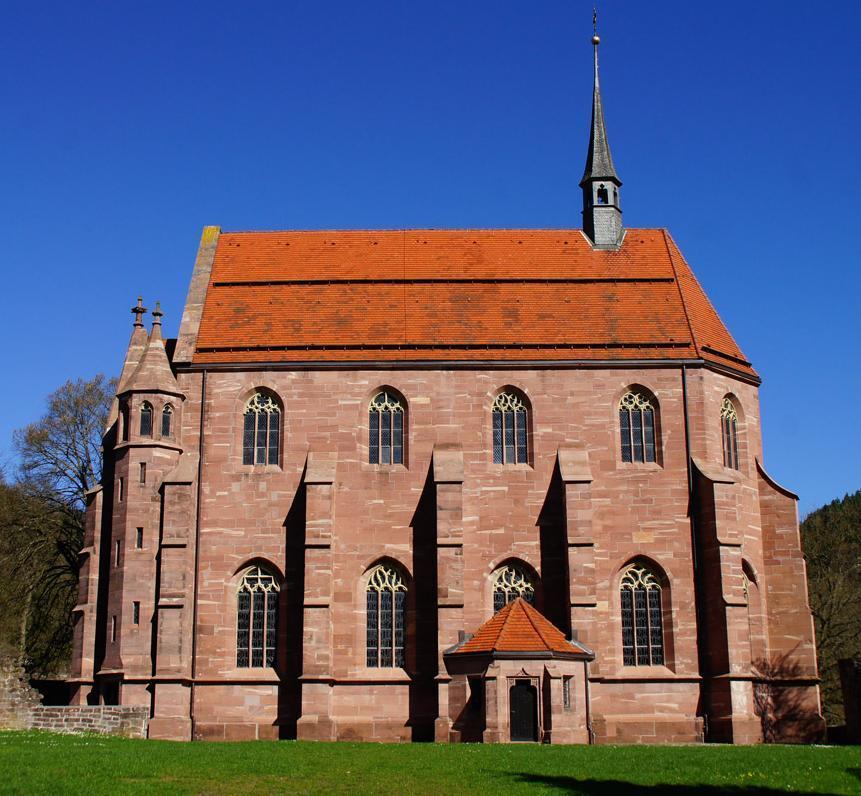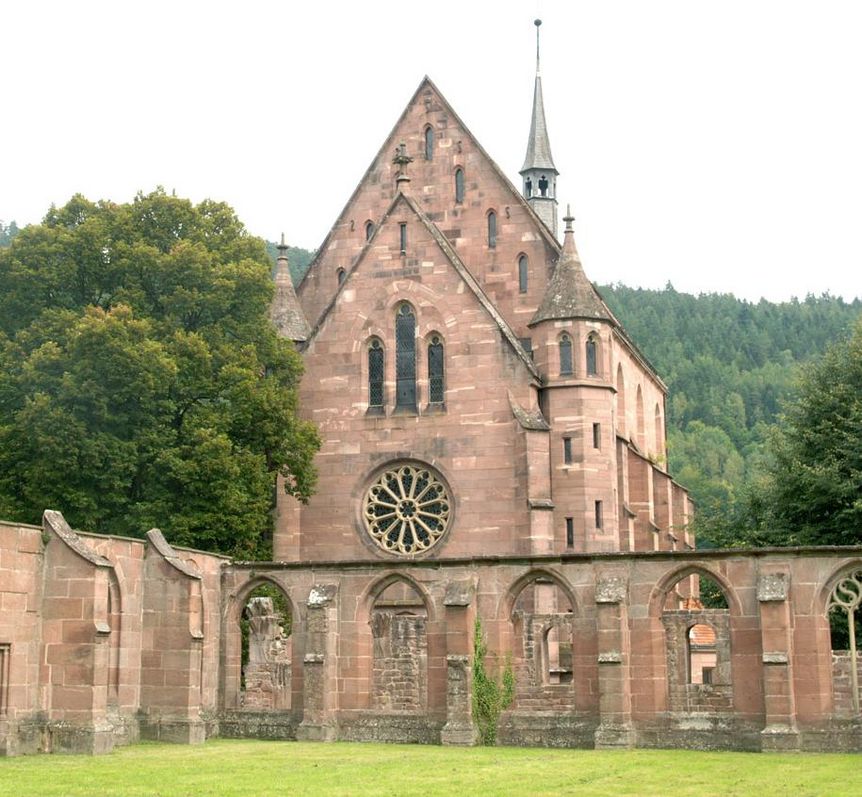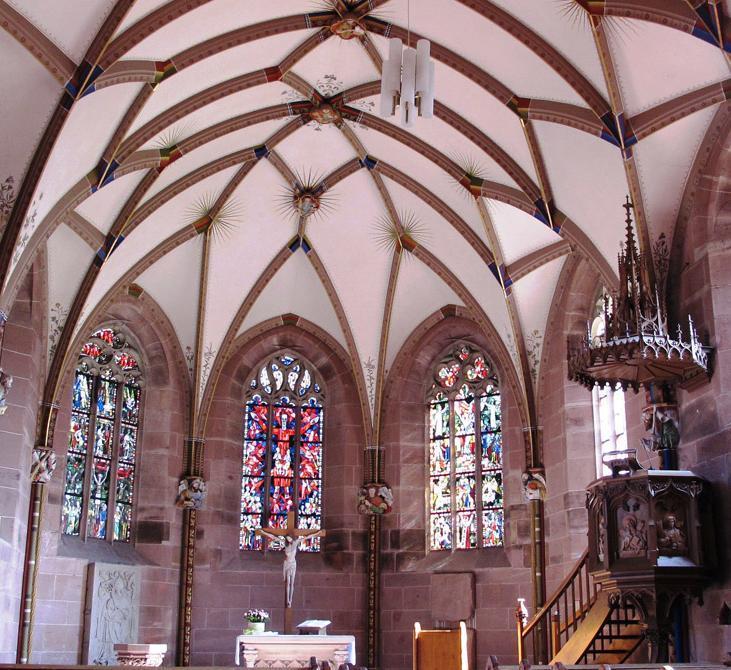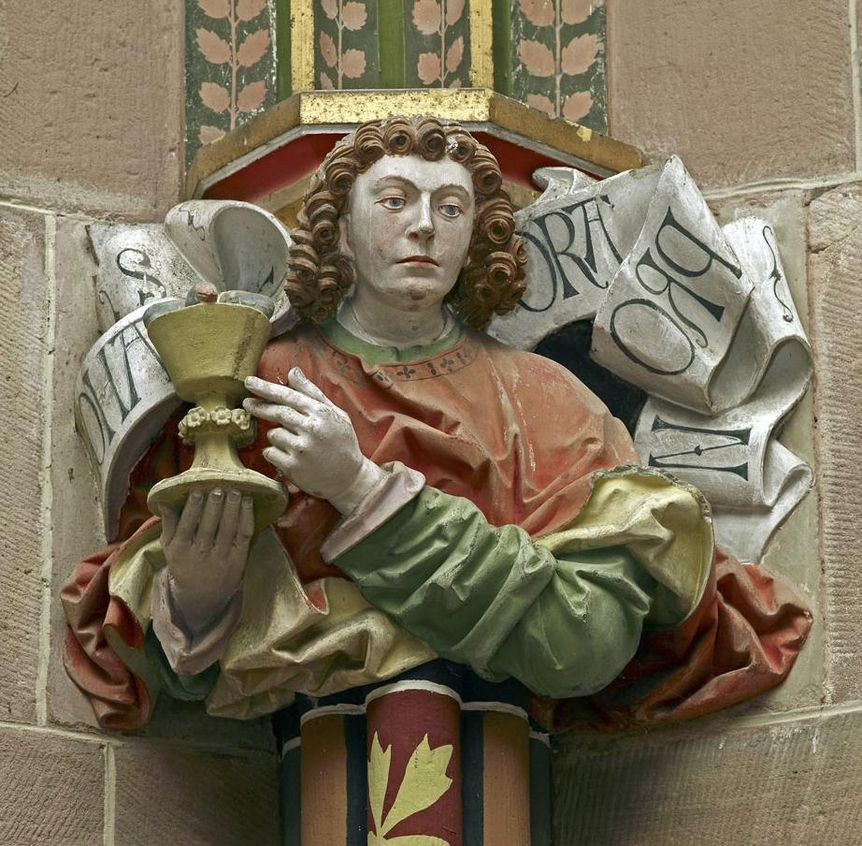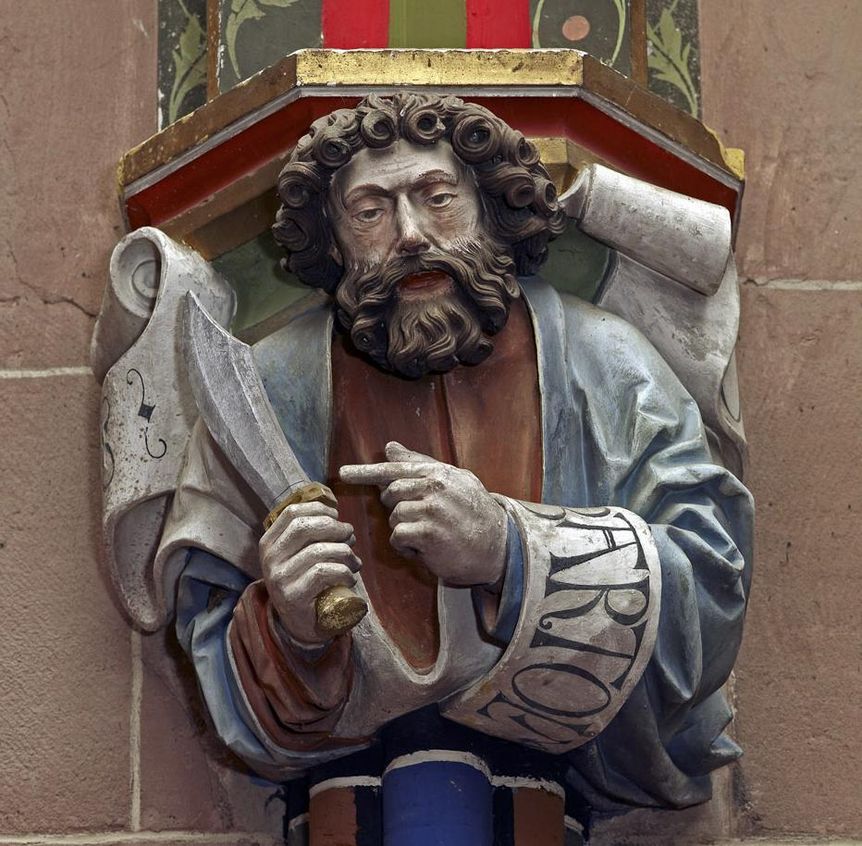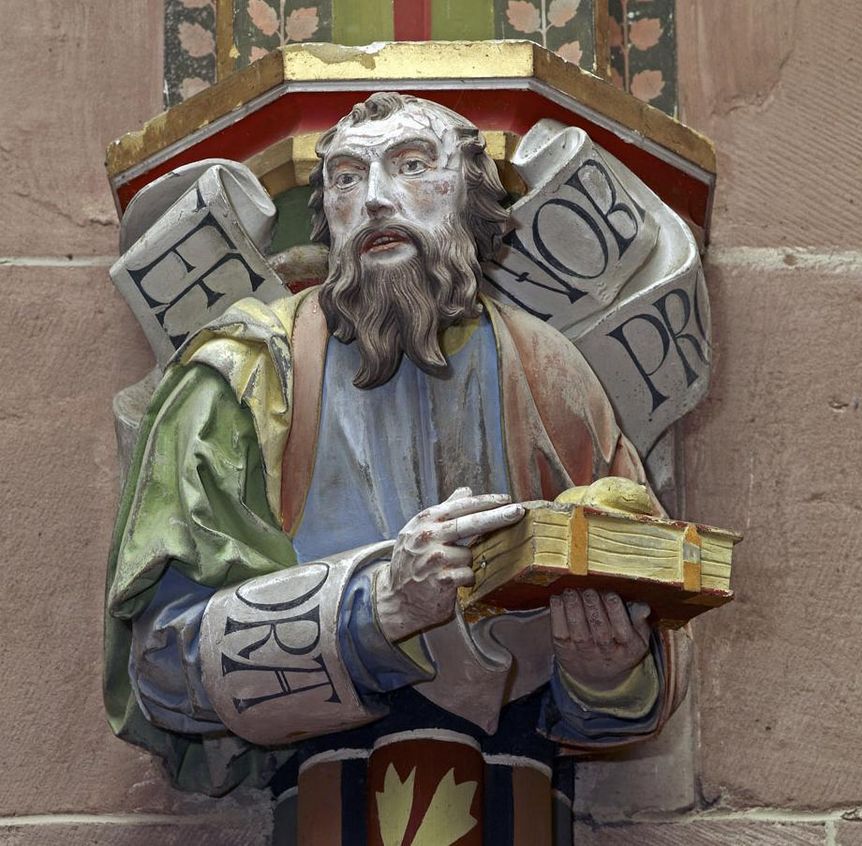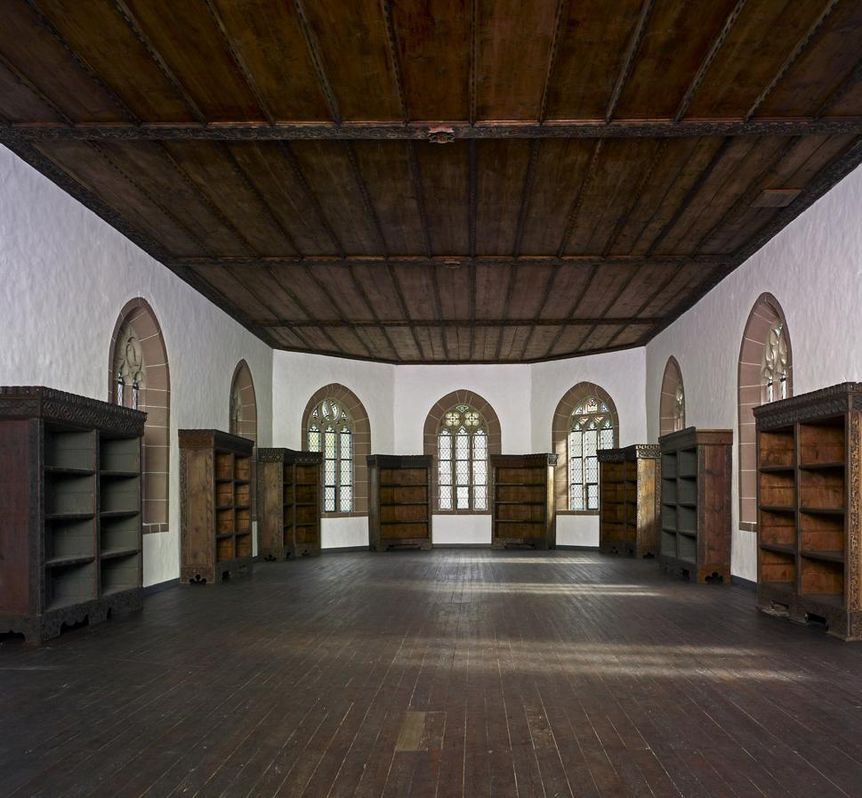A PLACE FOR THE SICK AND THE INQUISITIVETHE CHAPEL OF ST. MARY
In addition to the auxiliary buildings, the Chapel of St. Mary is the only monastery building to have survived the destruction of 1692. The tall, two-story structure built in the late Gothic style once served as a chapel for the sick and as a library. Today, it is Hirsau's Protestant parish church.



